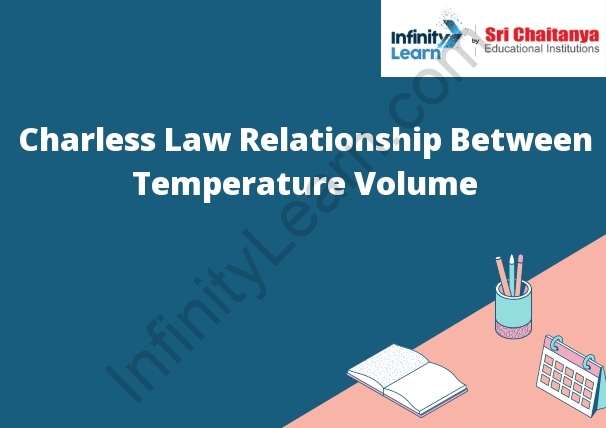Table of Contents
Charles Law Graph ;
The Charles law graph demonstrates how the volume of a gas is inversely proportional to the pressure of the gas. This is because the number of molecules in a gas is constant, meaning that when the pressure of the gas is increased, the volume of the gas decreases. Conversely, when the pressure of the gas decreases, the volume of the gas increases. Charles’ law is a relationship between temperature and volume. It states that the volume of a gas is directly proportional to its temperature. That is, if the temperature of a gas doubles, its volume will also double.

Charles Law – Temperature and Volume Relationship
Charles Law states that when the pressure on a gas is held constant, the volume of the gas is inversely proportional to the absolute temperature of the gas. In equation form, this is expressed as V ∝ T ˃ P. This law is named for French physicist and chemist Jacques Charles. Charles’s law is a relationship between temperature and volume. It states that when the temperature of a gas is increased, its volume will also increase. When the temperature is decreased, the volume will also decrease. This law is named after French scientist Jacques Charles.
Graphical Representation of the Relation Between Volume and Temperature
The graph shows how the volume of a gas changes with temperature. As the temperature increases, the volume of the gas increases. The graph is a linear graph, meaning that the line on the graph is a straight line. This means that the volume of the gas increases at a constant rate as the temperature increases.







